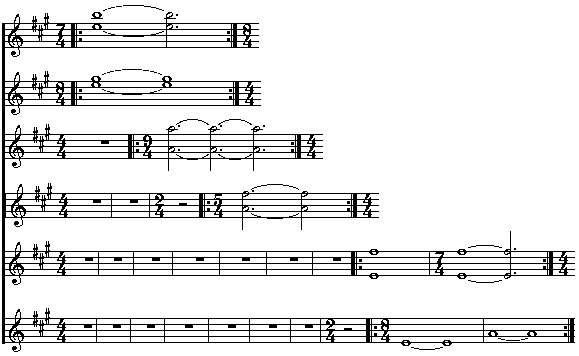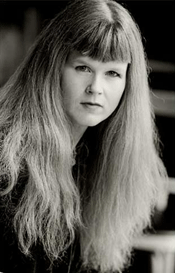If you hurry and look right… now, the playlist for Postclassic Radio is currently accurate and up-to-date.
Oops, too late! You weren’t quick enough.
(New pieces by Frank Denyer, Peter Gena, Walter Zimmermann. At this point I’ve played well over 600 pieces, something like 130 hours’ worth of postclassical music. And there’s plenty more where that came from.)




 At 8:00 this Friday, March 3, at the Unitarian Universalist Church in Santa Fe, pianist Sarah Cahill will perform a concert for Santa Fe New Music that includes my own Time Does Not Exist. The devoutly American experimentalist program of mostly 21st-century music is as follows:
At 8:00 this Friday, March 3, at the Unitarian Universalist Church in Santa Fe, pianist Sarah Cahill will perform a concert for Santa Fe New Music that includes my own Time Does Not Exist. The devoutly American experimentalist program of mostly 21st-century music is as follows:
